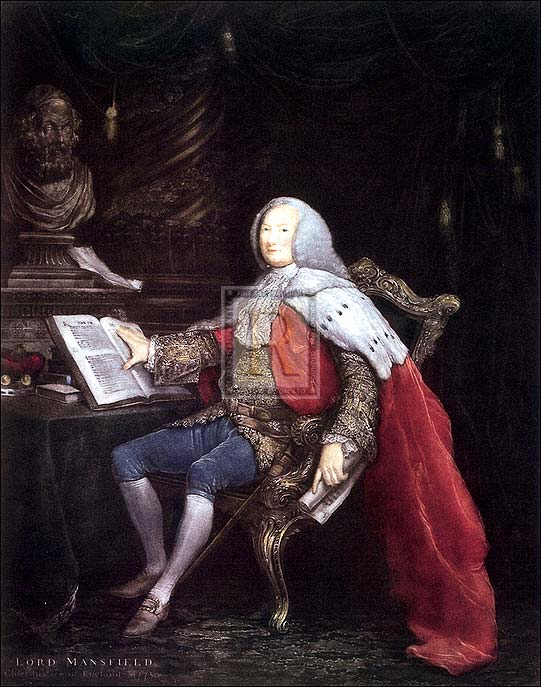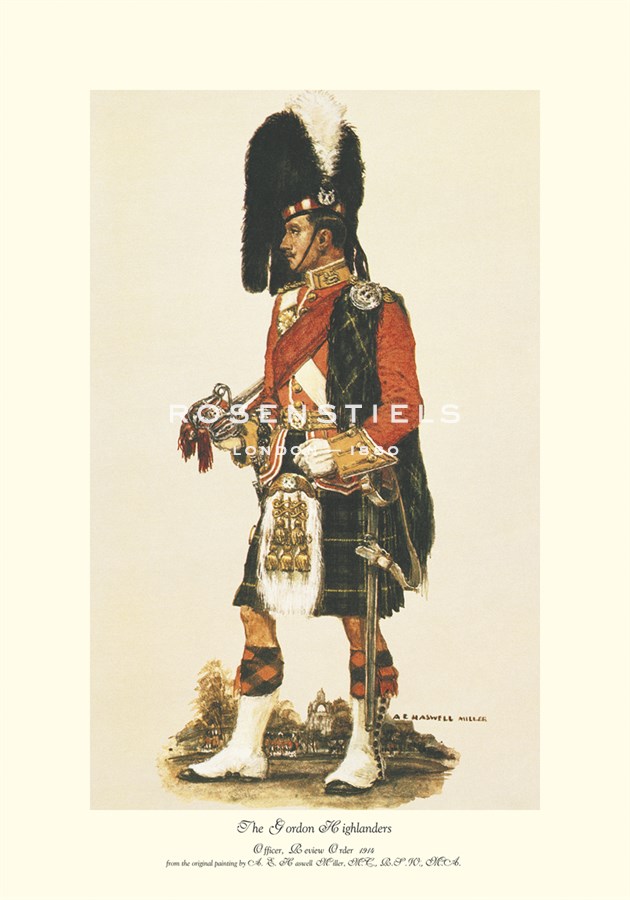
Diego Velazquez Hand Numbered Limited Edition Print on Paper :"Las Meninas"
Title: Las Meninas
Dimensions (W x H ): Paper Size: 36 x 40 in | Image Size: 32 x 36 in
Edition | Medium: Each print is hand numbered, accompanied by a certificate signed by the Master Printer and is numbered to match the print. The editions are limited to 1880 copies. |
This Gouttelette print on paper is published with light-fast inks to BS1006 Standard onto acid-free calcium carbonate buffered stock, mould-made from 100% cotton and sourced from environmentally conscious paper suppliers. This product is exclusive to Rosenstiels.
About the Art: Superior Edition
About the Artist:
Velazquez was born in 1599 in Seville in southern Spain, at that time an important city with a thriving artistic community. At the age of eleven, Velazquez was apprenticed to Francisco Pacheco, Seville's most significant artist and art theorist.
From Pacheco, Velazquez learned the technical skills of drawing and painting, still-life and portraiture and soon surpassed his master. Unlike the more traditional Pacheco, he responded to the techniques of modern innovators such as Caravaggio.
During his early years in Seville, Velazquez produced traditional religious works such as The Immaculate Conception or Saint John the Evangelist on Patmos, and 'bodegones' - literally 'tavern scenes' or paintings of everyday life. Occasionally, and more unusually, he combined the two. His picture of Christ in the House of Martha and Mary is a kitchen scene, but on the back wall is a hatch revealing Christ addressing Mary in the background.
In 1623, thanks to his father-in-law's connections, Velazquez was asked to paint a portrait of the young King Philip IV. Philip was so delighted with the result that he immediately appointed Velazquez as one of his court painters, and from then on would allow no one else to paint him. Velazquez's close relationship with the king and his family continued throughout his life.
In 1658 Velazquez was made a Knight of Santiago. It was an honour he had always desired and his badge of office has been added to his self-portrait in 'Las Meninas'. Two years later, in 1660, he fell ill and died, followed by his wife just a week later.
















